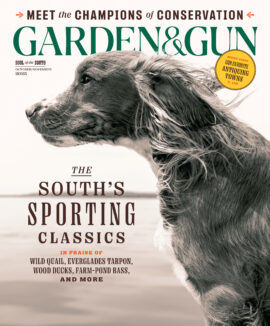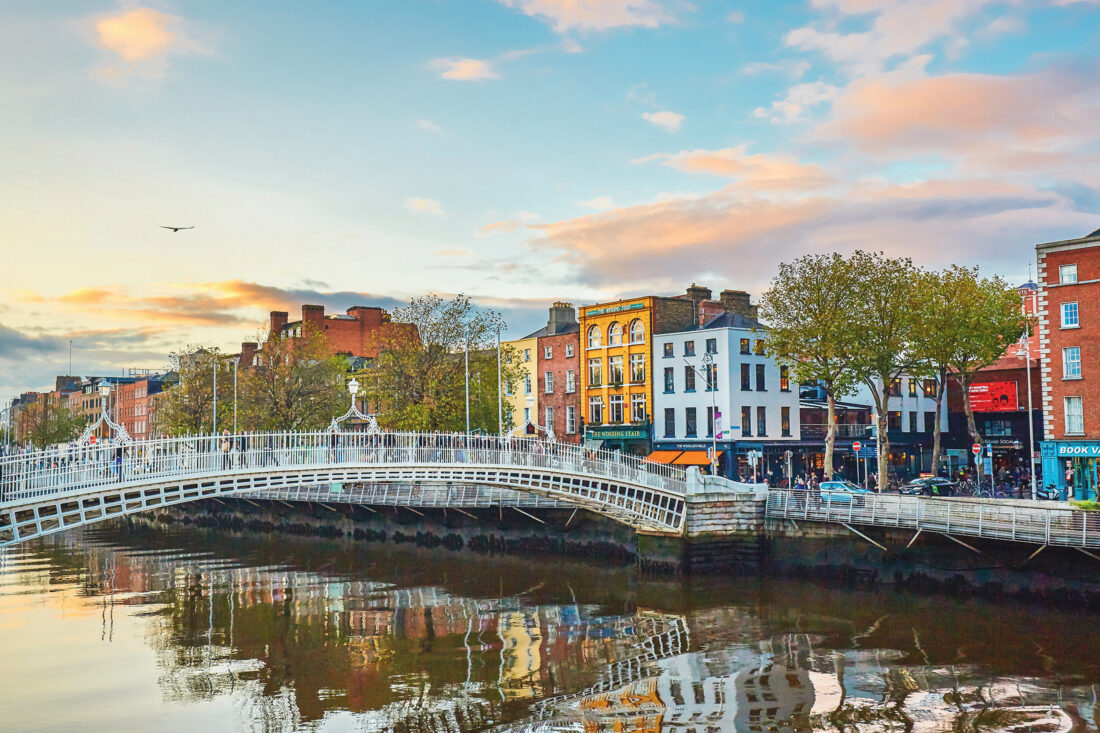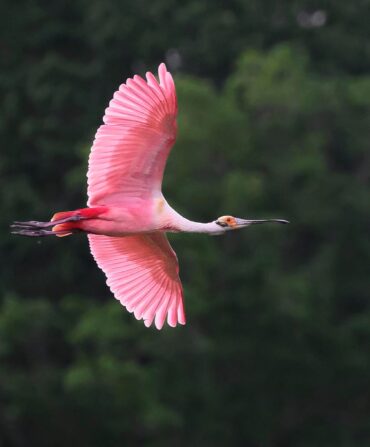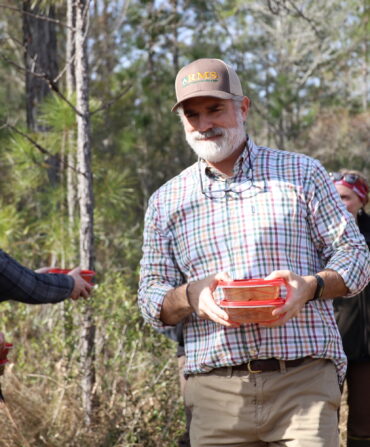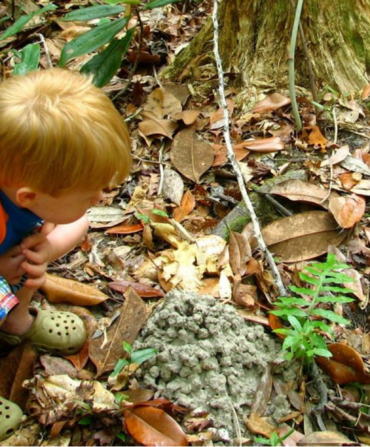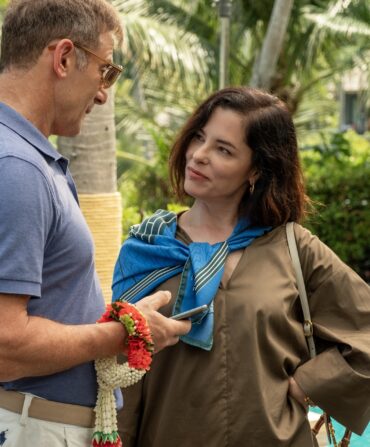Travelers from the South to Ireland may find themselves feeling more at home there than in other distant places—in the less hectic pace, in the appreciation for a long story, in the love of whiskey. “One thing Ireland and the South have in common is hospitality,” says Sean Muldoon, the heralded Irish bartender known for opening the Dead Rabbit in New York City. He relocated to Charleston, South Carolina, to open the forthcoming bar and restaurant Hazel and Apple (slated for the spring), and he can’t help but notice a connection between his homeland’s culture and his new one—a tie that’s easier than ever to explore. Aer Lingus has launched a direct flight from Nashville to Dublin, joining straight-shot routes on major carriers out of Atlanta, Charlotte, Dallas-Fort Worth, and Washington, D.C. Here are a few ways to seek out a kinship that lingers in language, in ritual, in the warmth of a welcome.
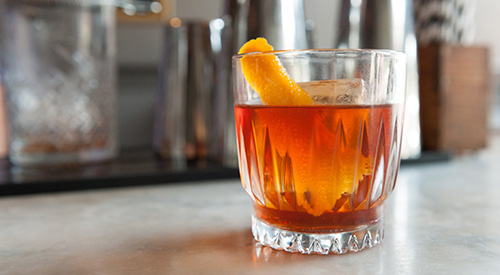
Toast to Traditions
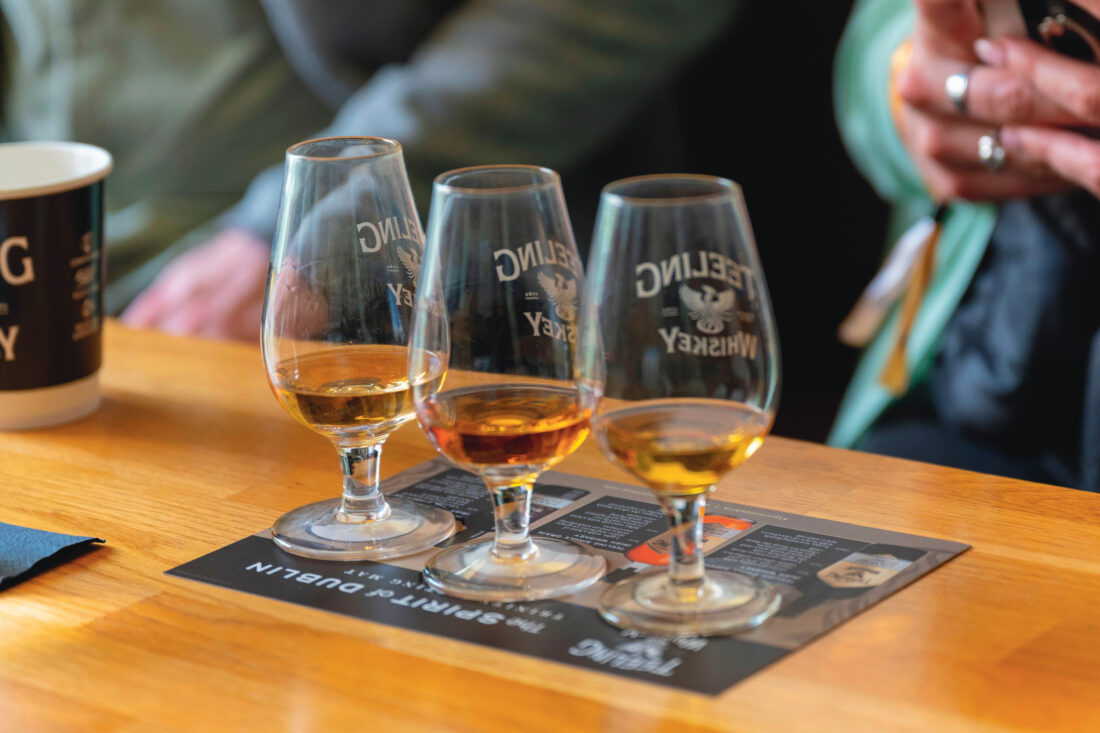
Ireland and the South have a shared historic interest in, well…let’s call it DIY distillation. Here it’s moonshine. In Ireland, it’s poitín—pronounced puh-cheen. In 1661 Ireland banned the production of poitín and sent it underground. An excellent Dublin spot called, simply, Bar 1661 honors that momentous year and offers an array of poitíns (now legalized), Irish whiskeys, and arguably the city’s most finely crafted cocktails. Continue your exploration of Irish whiskey culture in the Liberties neighborhood, with tours at Teeling Whiskey Distillery, which boasts both historic roots and a modern approach, and Pearse Lyons Distillery, housed in a deconsecrated eighteenth-century church. To sip your dram in context, head for one of the many pubs. John Kavanagh’s the Gravediggers is a classic, set against Glasnevin Cemetery and run by the same family for eight generations.
Travel by the Book
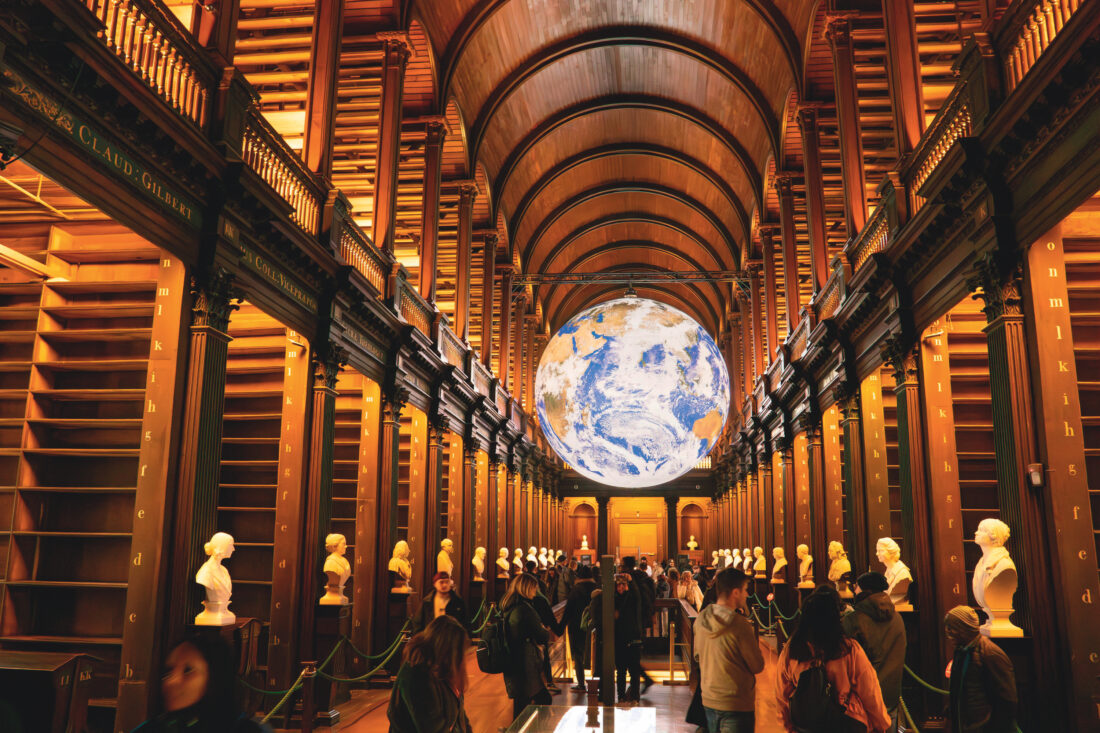
Words from the past animate cities and landscapes in Ireland: those by Oscar Wilde, William Butler Yeats, George Bernard Shaw, and—most famously in Dublin—James Joyce. The James Joyce Centre, situated in an eighteenth-century town house in a lovely Georgian neighborhood, is filled with Joyce memorabilia, including the door of No. 7 Eccles Street, the home of the fictional Leopold Bloom, from which he launched his Ulysses adventure. The center also offers two-hour walking tours, including the “Footsteps of Leopold Bloom,” on Thursday, Friday, and Saturday mornings. Stepping back further in time, few volumes are as beloved as the ninth-century Book of Kells, with its four Gospels lavishly illustrated by Celtic monks. It’s on display at Trinity College in the heart of Dublin. You’ll not just see the book, housed with all the reverence befitting crown jewels, but learn its backstory through an immersive digital experience.
Sup on Roast Feasts
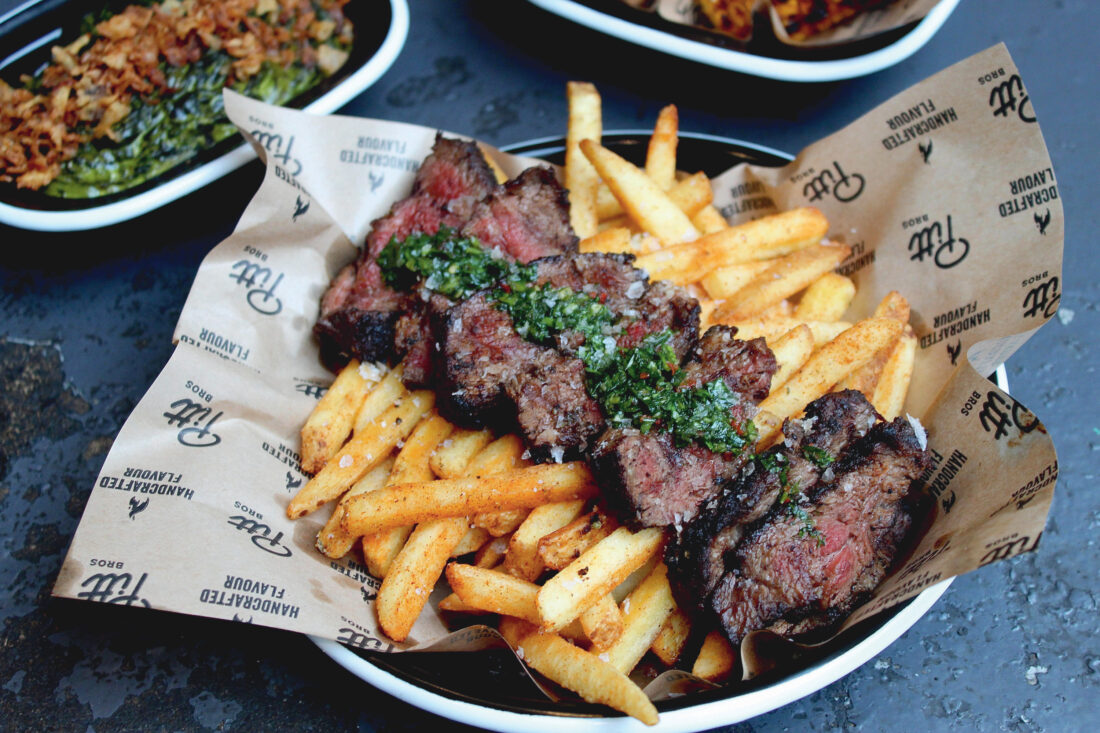
The Irish regard meat with an esteem that rivals Southerners’ respect for barbecue, and on Sundays it’s elevated even higher. That was the day hardworking rural families would gather around a table after Mass and enjoy meat and potatoes. The tradition carries on in homes and restaurants such as Bovinity (which offers the roast on Saturday as well), where you can choose from roast beef or a “sharing steak,” along with enough carbohydrates to fuel you along Leopold Bloom’s entire route. Or, on non-roast days, try F.X. Buckley Steakhouse on Pembroke Street, run by a team that helms both butcher shops and restaurants, and serves up a porterhouse with a perfect, crispy char. Curious about the Irish spin on barbecue? Make your way to Pitt Bros BBQ, among the oldest barbecue joints in Dublin (dating all the way back to 2013), with favorites like smoked pulled pork and brisket.

